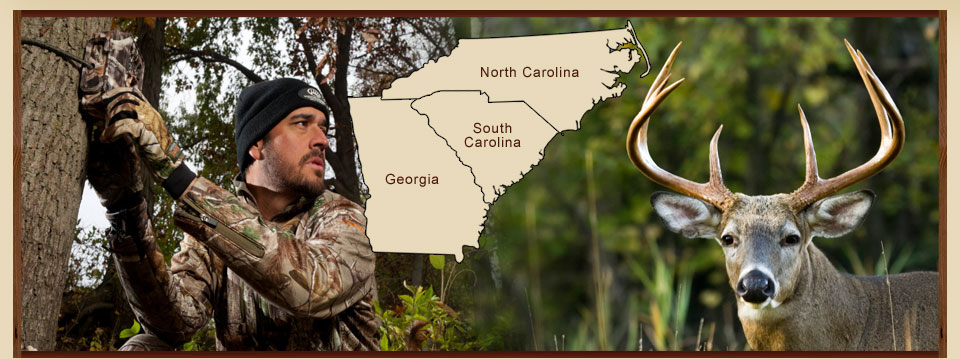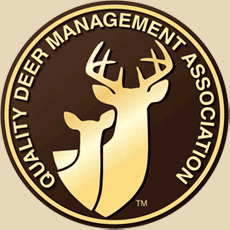Parents who want to introduce their children to the world of hunting have to consider proper guns for them to shoot. Nothing will turn off a child more than shooting a gun too heavy that sends them to their back side when shot. If the child is scared to shoot the gun because of the fear of recoil, they quite simply will not hunt.
Here are some options to consider when introducing children to hunting. And some mistakes I made along the way.
Each parent has to decide when their child is old enough to begin hunting. And by hunting I don’t mean tagging along, I mean shooting. Here is where I came down on this decision. Wanting to instill safety as a key ingredient in my children’s hunting, I began allowing them to carry an unloaded gun while we hunted together. For this exercise we used an inexpensive .410 single shot shotgun. They had to carry the gun along with me while I hunted and handle the gun in a safe manner for an entire season of hunting. They had to prove that they knew where to point the muzzle, how to cross fences, creeks, and how to properly care for the gun when they were in the woods. After completing this task, they would then be allowed to actually hunt with me.
But when introducing them I struggled with the right gun. I made the sad decision to a .410 shotgun single shot. While this is a low recoil weapon, it is largely an experts gun. There are far too few pellets, and limited range for effective killing. Both of my sons experienced a lot of frustration in the dove field and squirrel woods with the .410. A better choice I believe is the .20 gauge. And this is still my preferred shotgun for most of my hunting. The 20 gauge offer a wider array of shot shell choices, and with light loads fairly low recoil. Plus there is enough there to kill doves and squirrels out to decent ranges. The 20 is a great introductory gun and with the right care will last a lifetime.
As stated above, there are countless combinations of shells available for the 20 gauge. I have killed deer, pheasants, quail, squirrel, rabbit, grouse, woodcock, and others with the 20 gauge. Loaded with 3” shells, it all but equals any 12 gauge and is lighter to carry and lower recoil. Plus for small framed children, the typically shorter length of pull makes it a great choice.
For deer hunting, I personally am a lover of the .30-06. (More about that later) But I know that the recoil of the .30-06 is far too great for my son and daughter. After a lot of searching, and looking at other calibers (of which there are many) I opted for the 7mm-08 for my children. This great caliber is in my estimation perfect for introducing small framed persons into shooting centerfire rifles. It’s flat shooting, low recoil combination is a great combination for young hunters. While I know others such as the .270, .243, .223, 6mm all are great calibers, I believe the 7mm-08 out performs. I am sure I will get a lot of comments here, but here are my arguments. The .270 kills a lot of whitetails annually, and their ammunition is available almost anywhere, but the weight of most of these guns tops seven pounds; which is the limit I placed on a rifle for youngsters. The .243 and .223 and 6mm are in the same category as the .410 – a great gun in the right hands. Youngsters just starting out in the field need a bit more gun that do not require such excellent marksmanship as these tend to require.
Lastly, a good rimfire is also a good investment. Teaching a child to shoot with great mechanics is achievable more with a rimfire. Marlin, Ruger, Remington and others offer good rimfires in modest prices that can help them to hone their skill and have fun in the process.
Regardless of which caliber or gauge/bore you choose, make sure the gun fits them well, most manufacturers offer youth stocks that reduce the length of pull. Adjust the scope so they so not have to stretch their little necks to get a full sight picture and let them practice. Shoot clays, shoot cans, shoot, shoot and shoot some more.




